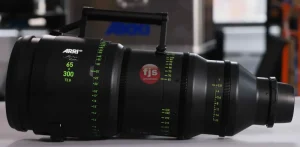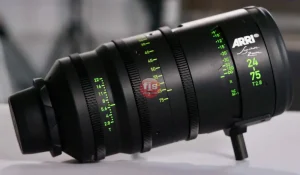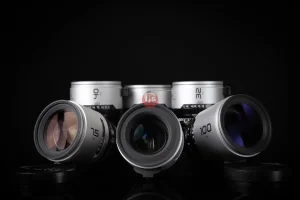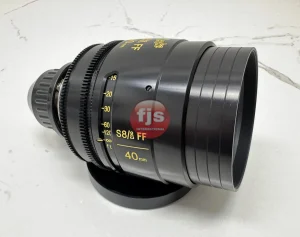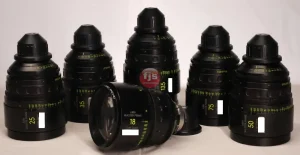Introduction:
Focal length is a fundamental concept in the world of photography and optics. It plays a crucial role in determining the perspective and magnification of an image. Whether you’re a beginner or a seasoned photographer, understanding focal length is essential to capturing the perfect shot. In this comprehensive guide, we’ll delve into the intricacies of focal length, explore its key features and benefits, and shed light on how it relates to cameras and zoom.
I. What is Focal Length?
- What is focal length?
Focal length refers to the distance between the lens and the image sensor when the subject is in focus. - How is focal length measured?
Focal length is typically measured in millimeters (mm). It directly impacts the field of view and magnification of the image.
II. Key Features and Benefits of Focal Length
- How does focal length affect perspective?
A shorter focal length (wide-angle lens) captures a wider field of view, making distant objects appear smaller. A longer focal length (telephoto lens) narrows the field of view, resulting in magnified and compressed images. - What is the impact of focal length on depth of field?
Shorter focal lengths have a greater depth of field, keeping more of the image sharp from foreground to background. Longer focal lengths offer a shallower depth of field, allowing for selective focus and blurred backgrounds. - What are the advantages of wide-angle lenses?
Wide-angle lenses are ideal for capturing expansive landscapes, architecture, and group shots due to their ability to capture a wider scene. - What are the advantages of telephoto lenses?
Telephoto lenses excel in capturing distant subjects, wildlife, and portraits, as they provide a narrower field of view and bring the subject closer.
III. Focal Length and Cameras
- How does focal length vary across different camera types?
The focal length of a lens remains the same, but the field of view differs depending on the camera’s sensor size. Crop sensor cameras have a narrower field of view compared to full-frame cameras. - Can I change focal length on my camera?
Many cameras feature interchangeable lenses, allowing photographers to switch between various focal lengths to suit their needs. - How does the camera’s sensor size affect focal length?
A larger sensor size typically requires longer focal lengths to achieve the same field of view as a smaller sensor.
IV. Understanding Zoom
- What is zoom?
Zoom refers to the ability to change focal length, either by physically adjusting the lens or digitally within the camera. - What are the types of zoom?
Optical zoom involves physically adjusting the lens elements to change the focal length, while digital zoom enlarges the image by cropping and enlarging a portion of it. - Which type of zoom is better?
Optical zoom is generally considered superior as it maintains image quality, while digital zoom can result in pixelation and loss of detail.
Conclusion:
Focal length is a vital concept for photographers to grasp, as it directly influences the composition, perspective, and magnification of the images they capture. By understanding the features and benefits of different focal lengths, photographers can make informed decisions about lens choices and effectively convey their creative vision. Whether it’s capturing breathtaking landscapes with a wide-angle lens or isolating the subject’s details with a telephoto lens, mastering focal length opens up a world of possibilities in photography.


